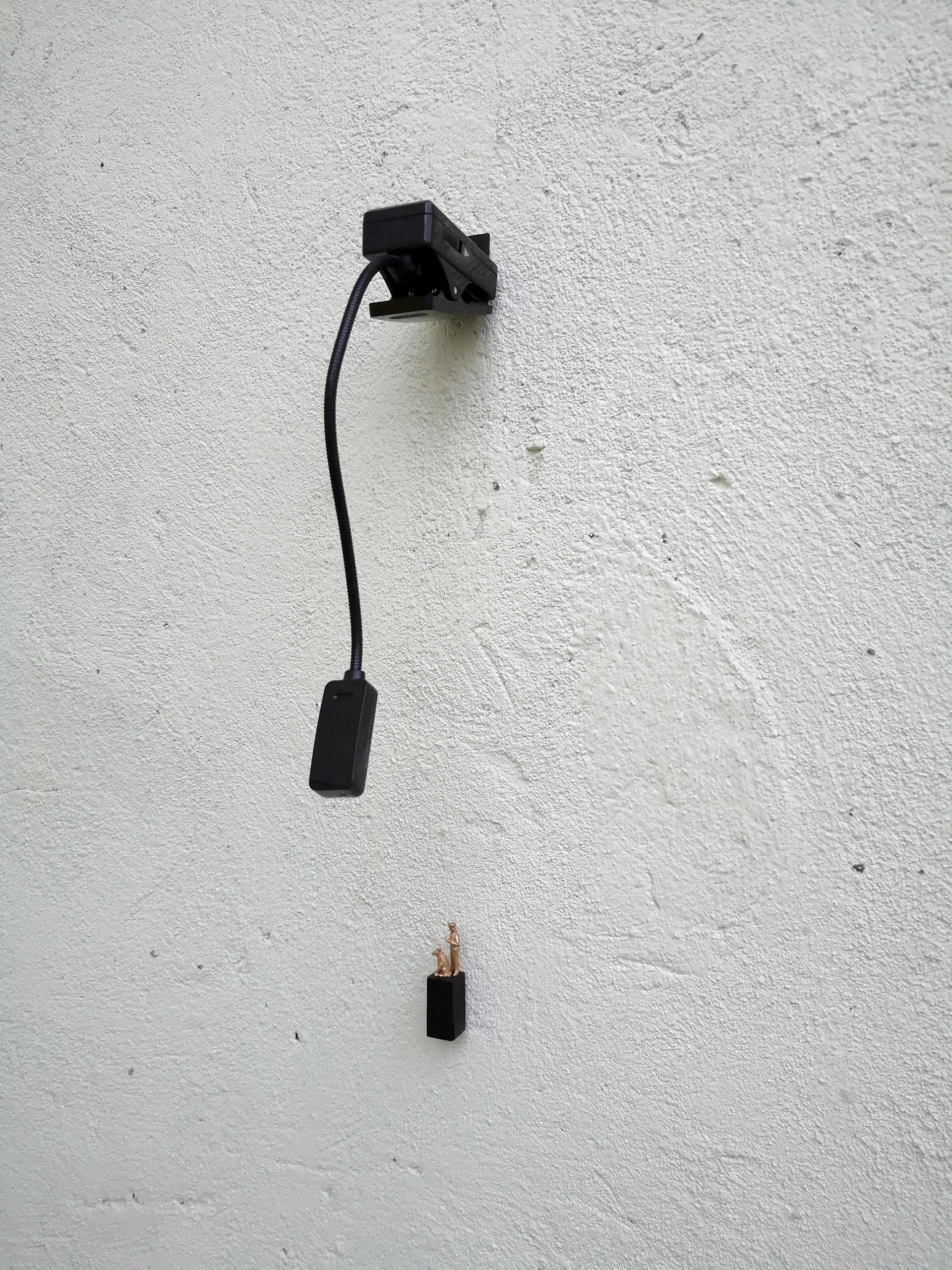1:100 is an object and text installation I did together with Ioana Hogman for Reactor. 2018 was the year when Romania celebrated 100 years of existence in its (more or less) actual form, after the Great Union of 1918. The team at Reactor did a whole season of shows and projects discussing our status as citizens of a country that went through a few radical changes during these last 100 years. They commissioned us to do a project about vulnerable groups in Romania during the first century of existence as a nation. What came out of this one month residence, was an installation that talks about the tools that official history uses to construct the identity of a nation, the stories that powerful groups push forward and the stories (and groups) that are often left out of the official history.




